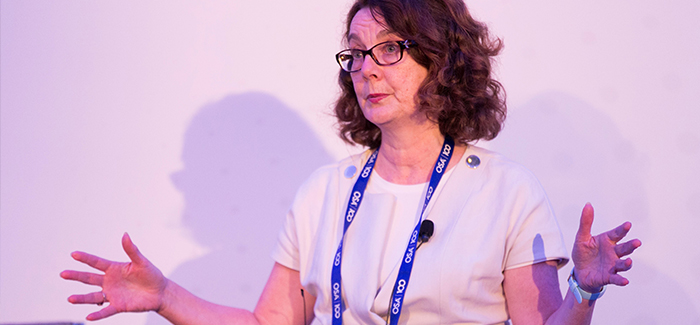Keys to Successful Proposals for Research
Keys to Successful Proposals for Research
Stewart Wills

On Monday afternoon, program officers and senior officials with four major funding agencies with funding opportunities in the United States, Asia and Europe gave FiO 2017 attendees an inside look at their programs, and at some of the keys for submitting a successful proposal for optics and photonics research.
Lawrence Goldberg, a senior advisor in the engineering directorate of the U.S. National Science Foundation (NSF), highlighted a number of emerging photonics-relevant areas in the directorate’s Division of Electrical, Communications & Cyber Systems, including initiatives in smart cities, quantum information science, sensors and the Internet of Things. Mary Kavanagh of the European Union’s delegation to the United States for research and innovation overviewed the goals and criteria of the EU’s Horizon 2020 program—and stressed that EU research funding is not, as is commonly believed, for European researchers only, but is “open to the world.”
Harriet Kung, the director of the Office of Science for Basic Energy Sciences division of the U.S. Department of Energy (DoE), surveyed the broad range of science enabled by DoE funding and facilities, ranging from zero-index materials and topological insulators to X-ray investigation of complex biomolecules. She also highlighted some particular DoE funding opportunities in emerging areas such as quantum materials. And Kenneth Caster, a program officer with the U.S. Air Force Office of Scientific Research, rounded out the program, describing the office’s funding of basic scientific research, and the criteria—“relevance, excellence and impact”—that it uses to separate winning proposals from also-ran’s. He was stationed in Tokyo for over 5 years directing all Asia-Pacific programs for the Air Forced Office, and international collaboration opportunities were reviewed for the global audience at FiO 2017. A reception after the panel gave audience members a chance to network directly with these agency officials as well as other program officers in attendance.
